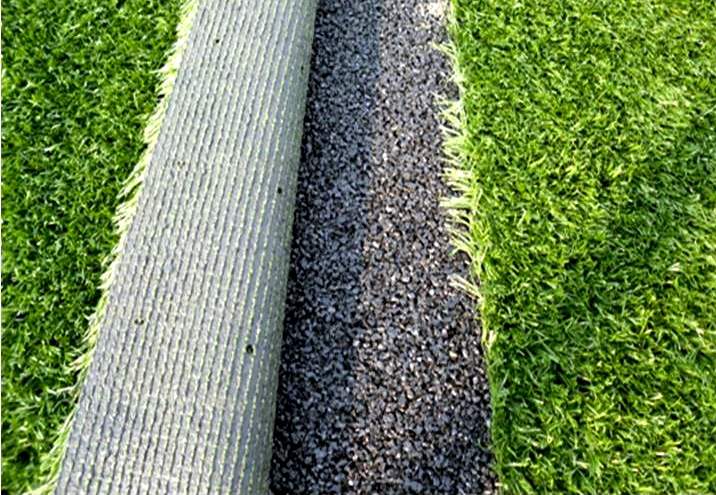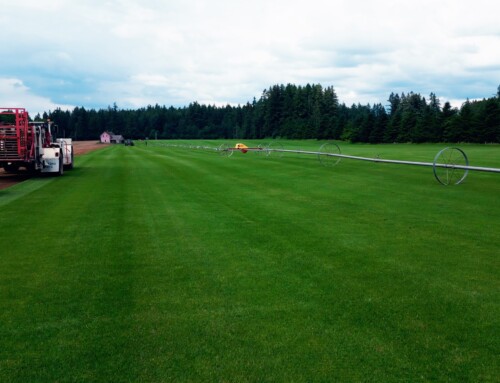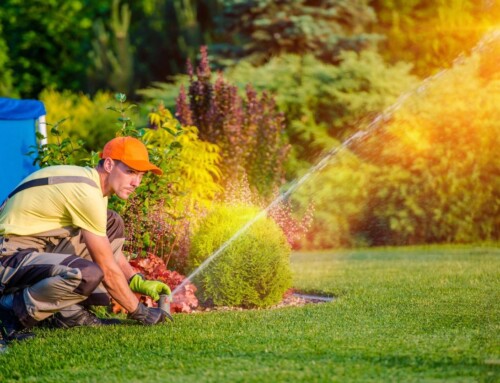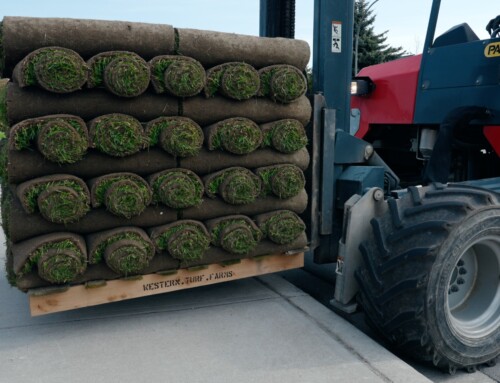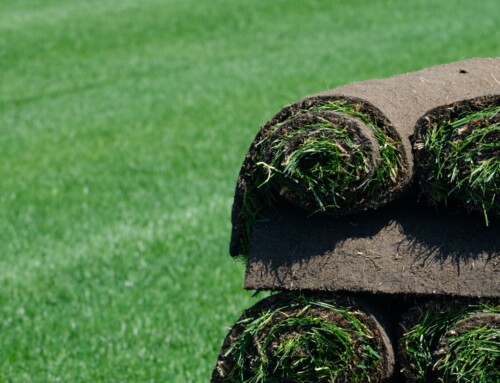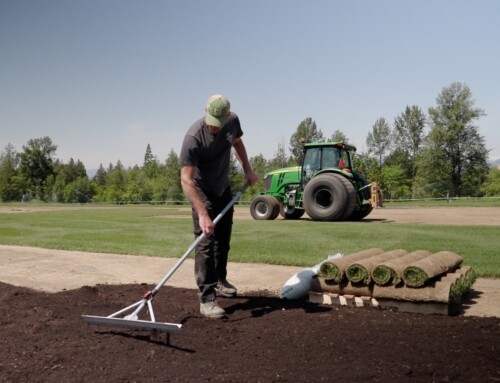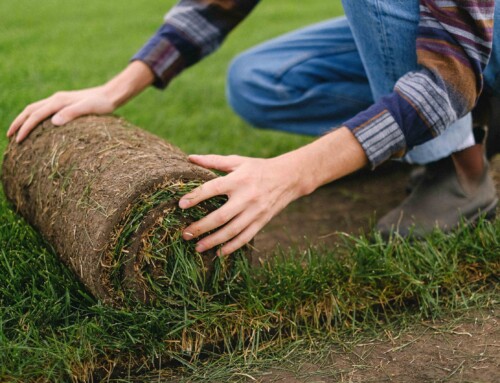Artificial Turf Fields Reported Health Concerns
We’ve all seen the sports fields made of unbelievably green artificial turf – at the local university, in the televised matches for soccer and football, and even at our local community parks where kids leagues play on the weekends. When it comes to artificial turf, it isn’t so much the question “do you know of them” as “what do you know about them?” Over the last decade, the use of artificial turf fields has become a controversy throughout the industry as athletes raise health concerns and maintenance budgets run unexpectedly high.
What’s the Big Deal?
Artificial turf fields were originally introduced as a safe, low maintenance playing surface that would reduce the risk of athlete injuries (like concussions) while saving municipalities and sports complex owners money in reduced maintenance costs long term. Unfortunately, artificial turf may not be delivering on those promises.
Artificial Turf may be Linked to Cancer
If you’ve ever walked across an artificial turf field, then you’ve undoubtedly noticed tow things – the smell, and the rubber ‘crumbs.’ These days, they’re memorable for another reason: they may be causing cancer in soccer goalies. Back in 2014, the NBC broadcasted an interview with Amy Griffin, the associate head coach for women’s soccer at the University of Washington, who had compiled a list of 38 American soccer players, almost all goalies, who had developed cancer after playing on artificial turf fields.
According to the Synthetic Turf Council, many artificial turf fields are interspersed with infill made of “recycled tire rubber or other infill materials that provide the necessary stability, uniformity, and resiliency.” The idea is that it will mimic natural turf and create a safer playing surface for athletes, but the athletes themselves tell a different story. These ‘crumbs’ of recycled tire rubber can contain benzene, carbon black and lead, and frequently end up in players’ clothes and trapped within injuries acquired during games or practices. The prevailing theory is that soccer goalies are being diagnosed with cancer at a higher rate than other athletes because they spend more time in contact with the turf, and rubber crumbs, than anyone else due to the nature of their position – diving for balls all the time.
In 2015, USA Today reported that “Lead levels high enough to potentially harm children have been found in artificial turf used at thousands of schools, playgrounds, and day-care centers across the country.”
To date, there hasn’t been enough comprehensive research to conclusively state that all types of artificial turf or all rubber crumbs used as infill are harmful, but the mounting number of athletes and organizations raising concern has led to several US governmental agencies launching investigations into the matter as recently as February of this year.
Artificial Turf May Lead to Increased Injuries
As early as 2012 an article appeared in Reuters Health that looked closely at the numbers and discovered that NFL (National Football League) teams who used artificial turf fields reported a higher rate of leg and ankle injuries while the number of head and shoulder injuries remained predominantly the same. We wouldn’t call the study conclusive because it only looked at injury rates for 32 NFL teams, but it certainly opened the door for further investigation. The topic gained a lot of international attention again in 2014 when Alex Morgan joined with 40 other female pro soccer players to file suit against FIFA for gender discrimination when the women’s World Cup was slated to occur on artificial turf – while the men played on natural turf fields. Ms. Morgan was very candid about the physical injuries and day to day pains that are more commonly experienced when playing on artificial fields. At the end of the day injuries can happen anywhere and on any type of sports field, but the consistently higher than average leg and ankle injuries reported by professional athletes when playing on artificial turf is absolutely a cause for concern.
Artificial Turf Fields Often Costs More to Maintain than Living Turf Feilds
On the surface, artificial turf fields seem like a great way to save money because they don’t require regular mowing, fertilizing, watering, overseeding – many of the things a traditional living turf field requires to keep it robust and safe for athletes to play on. What many people don’t consider is that unlike living fields, artificial turf fields aren’t repairable – they have to be completely replaced every 8-10 years as tears and bald spots develop from heavy use. This means that facilities and municipal governments will have to foot the bill to completely replace their expensive artificial fields every decade, at the taxpayers expense. Factor in the waste charges for disposing of the old ‘turf’ (it isn’t recyclable) and the potential for soil contamination due to the hazardous elements found in the tire rubber used as infill and the costs of artificial sports fields continues to climb.
Don’t just take our word for it. Check out this article by well-known Forbes writer Mike Ozanian about his personal experience with artificial turf use in his hometown, and the cost analysis that led to city-wide outcry.
Living Turf vs. Artificial Turf
When it’s all said and done, there’s probably a situation where artificial turf sports fields are an ideal solution for someone, but after 50 years in the industry we have yet to find it.
Instead, we focus on growing high-quality sod products specifically designed to look great while resiliently withstanding the typical wear and tear of endless games, regardless of the sport. Unlike artificial turf, the fields we install smell fresh, won’t cause cancer due to harmful chemicals, are easily repairable if rough play and bad weather take their toll, and with proper yearly maintenance they’ll last a heck of a lot longer than 8-10 years at a fraction of the cost. Check out our selection of Natural Turf Grass for Sportsfields or call the office at 1.888.888.7072 to learn more about how we can help you create a beautiful and safe sports field today!
Learn More about Artificial Turf Fields:
ESPN News: Turf Wars: How Safe are the Fields Where We Play?
Forbes: Government to Finally Look into Potential Link between Artificial Turf and Cancer
Red Hen Turf: The Truth About Artificial Turf (PDF)

